Midnight peacock - Aulonocara hueseri
Scientific name: Aulonocara hueseri
Common name: Midnight peacock
Family: Cichlidae
Usual size in fish tanks: 8 - 9 cm (3.15 - 3.54 inch)
014
Recommended pH range: 8 - 8.4
Recommended water hardness: 12 - 20°N (214.29 - 357.14ppm)
0°C 32°F30°C 86°F
Recommended temperature range: 22 - 27 °C (71.6 - 80.6°F)
The way how these fish reproduce: Spawning
Where the species comes from: Africa
Temperament to its own species: peaceful
Temperament toward other fish species: aggressive/territorial
Usual place in the tank: Middle levels
Origin
The Midnight Peacock cichlid (Aulonocara hueseri) is endemic to Lake Malawi in Africa, one of the largest and most diverse freshwater lakes in the world. This lake is known for its vibrant and unique cichlid species, and the Midnight Peacock is no exception. They are typically found in rocky areas along the lake’s shorelines, where they take advantage of the many hiding places and nooks created by the rocks. These habitats offer them protection from predators and provide a safe space for breeding.
Food and Feeding
Midnight Peacock cichlids are omnivorous, and their diet in captivity should reflect a balance of quality nutrition. A staple diet of high-quality flake or pellet food specifically designed for cichlids will meet their daily nutritional needs. To enhance their coloration and maintain their health, supplement their diet with frozen or live foods, such as brine shrimp, bloodworms, and daphnia. Offering these protein-rich foods a few times a week will not only keep them in top condition but also help promote natural behaviors. It’s important to avoid overfeeding, as it can lead to poor water quality and health issues.
Sexing
Distinguishing between male and female Midnight Peacocks becomes easier as they mature. Mature males develop a striking blue coloration on their head, with contrasting black dorsal and anal fins that are edged with white and decorated with distinctive egg spots. In contrast, females are much less colorful, typically displaying a silvery-brown body with hints of yellow. This sexual dimorphism is common in many Malawi cichlids, where the males exhibit brighter colors to attract females during breeding displays.
Breeding
Midnight Peacocks are maternal mouthbrooders, meaning the female will carry the fertilized eggs in her mouth until they hatch. To encourage breeding, it’s essential to provide plenty of rocks and caves in the aquarium, which will serve as hiding places for the females if they need to escape from the attention of the males. A ratio of one male to 2-3 females is ideal for reducing stress and increasing the likelihood of spawning.
One effective breeding technique is to purchase a group of juveniles and allow them to naturally pair off as they mature. Another method used by breeders is to place the breeding pair in an aquarium that has been left uncleaned for 3-4 weeks, as cleaning the tank afterward can often trigger spawning behavior. Once the male has selected a flat surface as a spawning site, he will clean it vigorously and display to attract a female. If the female is receptive, the pair will perform a courtship display, swimming in circles around each other until spawning begins.
After spawning, the female collects the eggs in her mouth and moves behind the male, who releases milt (sperm) that fertilizes the eggs. The female then incubates the fertilized eggs in her mouth for 25-30 days. During this time, she will not eat and will seek out quiet hiding places to avoid stress. Once the eggs hatch, she releases the fry, which can be fed newly hatched brine shrimp or other finely powdered fry food. The fry grow quickly, and with proper care, they will soon be large enough to eat more substantial food.
Lifespan
With proper care and an optimal environment, the Midnight Peacock cichlid can live for 5-8 years in captivity. Providing them with a well-maintained aquarium, a varied diet, and stable water conditions will help ensure they reach their full lifespan. Regular water changes are essential to maintain water quality, as Malawi cichlids are sensitive to poor conditions.
Short Description
The Midnight Peacock cichlid is known for the impressive way males "strut" around the aquarium, displaying their vibrant fins to assert dominance or attract mates. While relatively undemanding in terms of care, they require consistent water changes to maintain water quality. A well-aquascaped tank with rock formations, caves, and hiding places is necessary, as these cichlids can be territorial and may become aggressive towards similarly colored species or sub-dominant males. Providing these hiding spots allows sub-dominant males and females to escape the attention of more dominant individuals, reducing stress and aggression in the tank.
To minimize aggression and ensure a harmonious environment, it is recommended to keep one male with 3-4 females. While not as aggressive as other Malawi species, care must be taken to balance the social dynamics within the tank. Maintaining the right mix of tank mates, with similar-sized fish that can coexist peacefully, will help to avoid any unnecessary conflict.

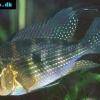 Thread-finned
Thread-finned 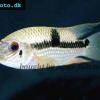 Acara
Acara 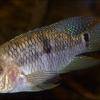 Yellow
Yellow  Patrick's
Patrick's 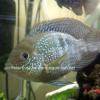 Blue
Blue 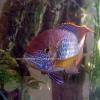 Green
Green 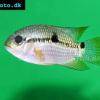 Acara
Acara 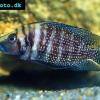 White
White 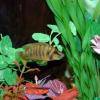 Compressed
Compressed 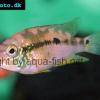 Pastel
Pastel 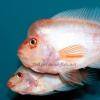 Midas
Midas 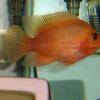 Red
Red 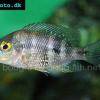 Bluemouth
Bluemouth 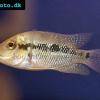 False
False 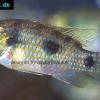 African
African 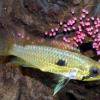 Agassiz's
Agassiz's 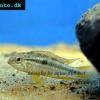 Banded
Banded  Yellow
Yellow 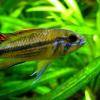 Cockatoo
Cockatoo 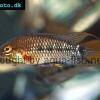 Blue
Blue  Blackstripe
Blackstripe 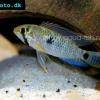 Highfin
Highfin 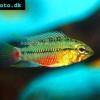 Redstripe
Redstripe  Threadfinned
Threadfinned 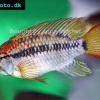 Macmaster’s
Macmaster’s 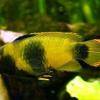 Panda
Panda  Norbert’s
Norbert’s 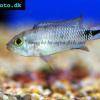 Blue
Blue 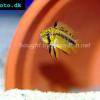 Thin-line
Thin-line  Three-striped
Three-striped 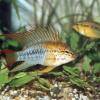 Viejita
Viejita 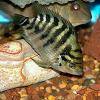 Flier
Flier  Archocentrus
Archocentrus 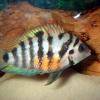 Convict
Convict 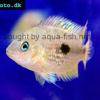 Seven
Seven 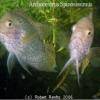 Spiny
Spiny  Oscar
Oscar 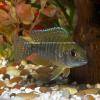 Sunshine
Sunshine 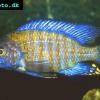 Chitande
Chitande  Firebird
Firebird 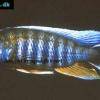 Lake
Lake 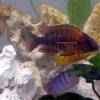 Sunshine
Sunshine 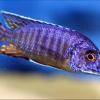 Aulonocara
Aulonocara 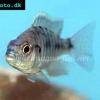 Nyasa
Nyasa 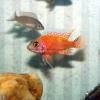 Ruby
Ruby  Grants
Grants 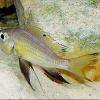 Aulonocranus
Aulonocranus  Chameleon
Chameleon 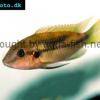 Benitochromis
Benitochromis 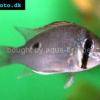 Orinoco
Orinoco  Yellow
Yellow 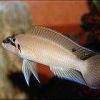 Brichard’s
Brichard’s 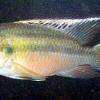 Guenther’s
Guenther’s 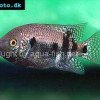 Southern
Southern 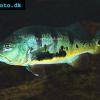 Cichla
Cichla 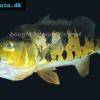 Peacock
Peacock  Chiseltooth
Chiseltooth 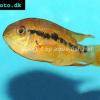 Bolivian
Bolivian 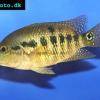 Red
Red 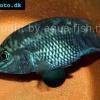 Many-pointed
Many-pointed 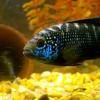 Jack
Jack 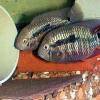 Red
Red 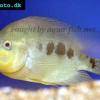 Three
Three 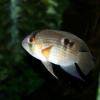 Keyhole
Keyhole 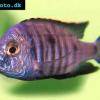 Azureus
Azureus 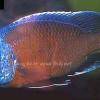 Red
Red 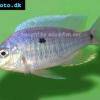 Jackson’s
Jackson’s 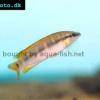 Crenicichla
Crenicichla 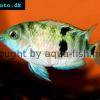 Honduran
Honduran  Blue-eye
Blue-eye 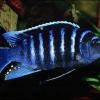 Afra
Afra 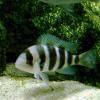 Frontosa
Frontosa 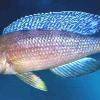 Slender
Slender 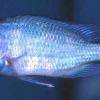 Malawi
Malawi 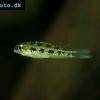 Chequerboard
Chequerboard 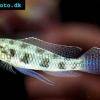 Checkerboard
Checkerboard 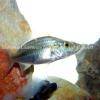 Malawi
Malawi 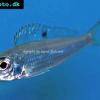 Ectodus
Ectodus 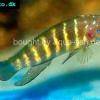 Tanganyika
Tanganyika 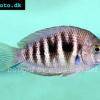 Canara
Canara 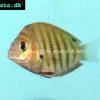 Green
Green 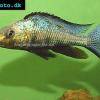 Rostratus
Rostratus 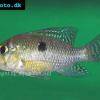 Pearl
Pearl 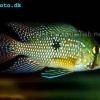 Geophagus
Geophagus 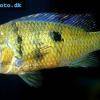 Yellowhump
Yellowhump 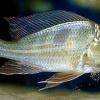 Suriname
Suriname  Redhump
Redhump 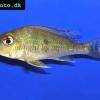 Red
Red 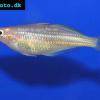 Dority’s
Dority’s  Argentine
Argentine 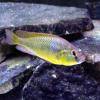 Burton’s
Burton’s 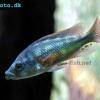 Victoria
Victoria  Haplochromis
Haplochromis 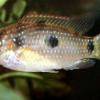 Jewel
Jewel 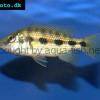 Banded
Banded 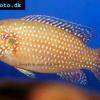 Lifalili
Lifalili 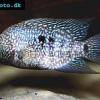 Lowland
Lowland 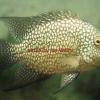 Texas
Texas 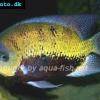 Pantano
Pantano 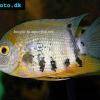 Severum
Severum 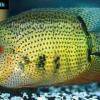 Banded
Banded 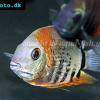 Severum
Severum 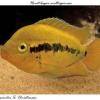 Rainbow
Rainbow 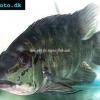 Parrot
Parrot 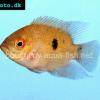 Chocolate
Chocolate 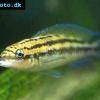 Brown
Brown 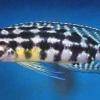 Marlieri
Marlieri 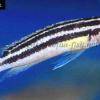 Golden
Golden 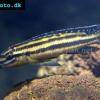 Striped
Striped 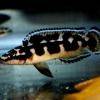 Masked
Masked 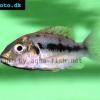 Konye
Konye 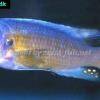 Blue
Blue 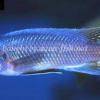 Trewavas
Trewavas 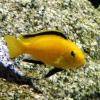 Electric
Electric 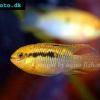 Dwarf
Dwarf  Redbreast
Redbreast 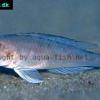 Lamprologus
Lamprologus 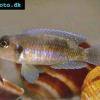 Gold
Gold 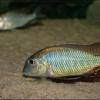 Greenface
Greenface 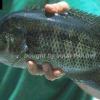 Mayan
Mayan 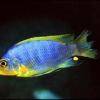 Aurora
Aurora 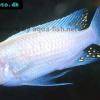 Blue
Blue 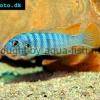 William’s
William’s  Zebra
Zebra 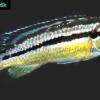 Malawi
Malawi  Blue
Blue 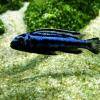 Blue
Blue 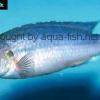 Mbuna
Mbuna 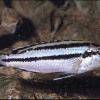 Parallel
Parallel 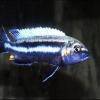 Purple
Purple 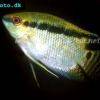 Flag
Flag  Bolivian
Bolivian 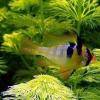 Ram
Ram 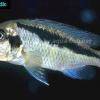 Basket
Basket 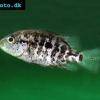 Haitian
Haitian 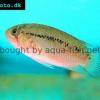 Zebra
Zebra  Striped
Striped 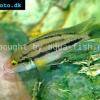 Neolamprologus
Neolamprologus 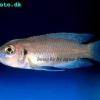 Brevis
Brevis 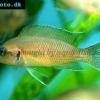 Fairy
Fairy 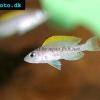 Neolamprologus
Neolamprologus  Cylindricus
Cylindricus 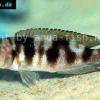 Hecq’s
Hecq’s 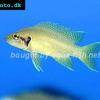 Neolamprologus
Neolamprologus 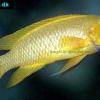 Lemon
Lemon 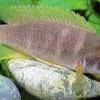 Mustax
Mustax  Daffodil
Daffodil 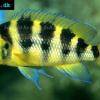 Six-bar
Six-bar 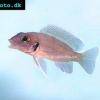 Five-bar
Five-bar 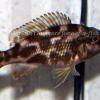 Marbled
Marbled 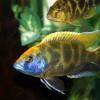 Giraffe
Giraffe 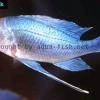 Blue
Blue 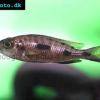 Sulphurhead
Sulphurhead 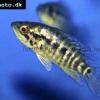 Wolf
Wolf 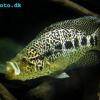 Jaguar
Jaguar 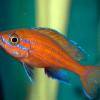 Blue
Blue 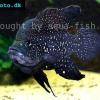 Marakeli
Marakeli 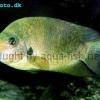 Madagascar
Madagascar 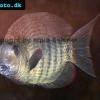 Pinstripe
Pinstripe 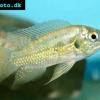 Pelmatochromis
Pelmatochromis 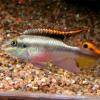 Kribensis
Kribensis 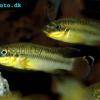 Striped
Striped  Red
Red 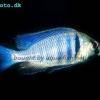 Deepwater
Deepwater 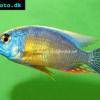 Fenestratus
Fenestratus  Nichols’
Nichols’ 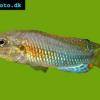 Southern
Southern 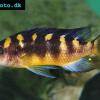 Bumble
Bumble 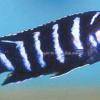 Demason’s
Demason’s  Slender
Slender 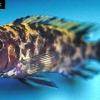 Red
Red 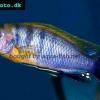 Mbuna
Mbuna 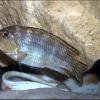 Malawi
Malawi 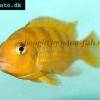 Kenyi
Kenyi 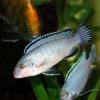 Powder
Powder 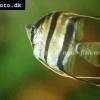 Altum
Altum 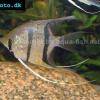 Angelfish
Angelfish 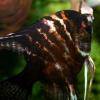 Angelfish
Angelfish 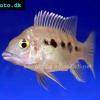 East
East 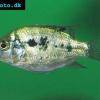 Juba
Juba 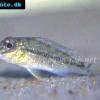 Earth
Earth 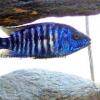 Electric
Electric  Azure
Azure  Lionhead
Lionhead 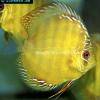 Discus
Discus 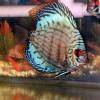 Blue
Blue 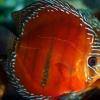 Red
Red 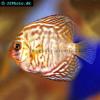 Zebra
Zebra 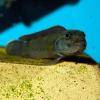 Brichard’s
Brichard’s 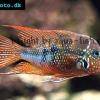 Blue
Blue 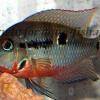 Firemouth
Firemouth 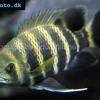 Zebra
Zebra  Yellow
Yellow 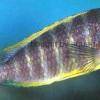 Blue
Blue 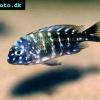 Dwarf
Dwarf  Blunthead
Blunthead 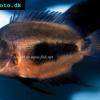 The
The  White
White 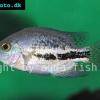 Twoband
Twoband 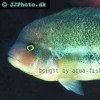 Fenestratus
Fenestratus 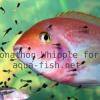 Window
Window 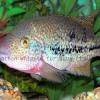 Tailbar
Tailbar 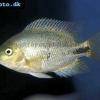 Black
Black  Redhead
Redhead 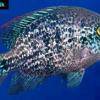 Oaxaca
Oaxaca 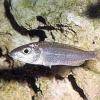 Xenotilapia
Xenotilapia